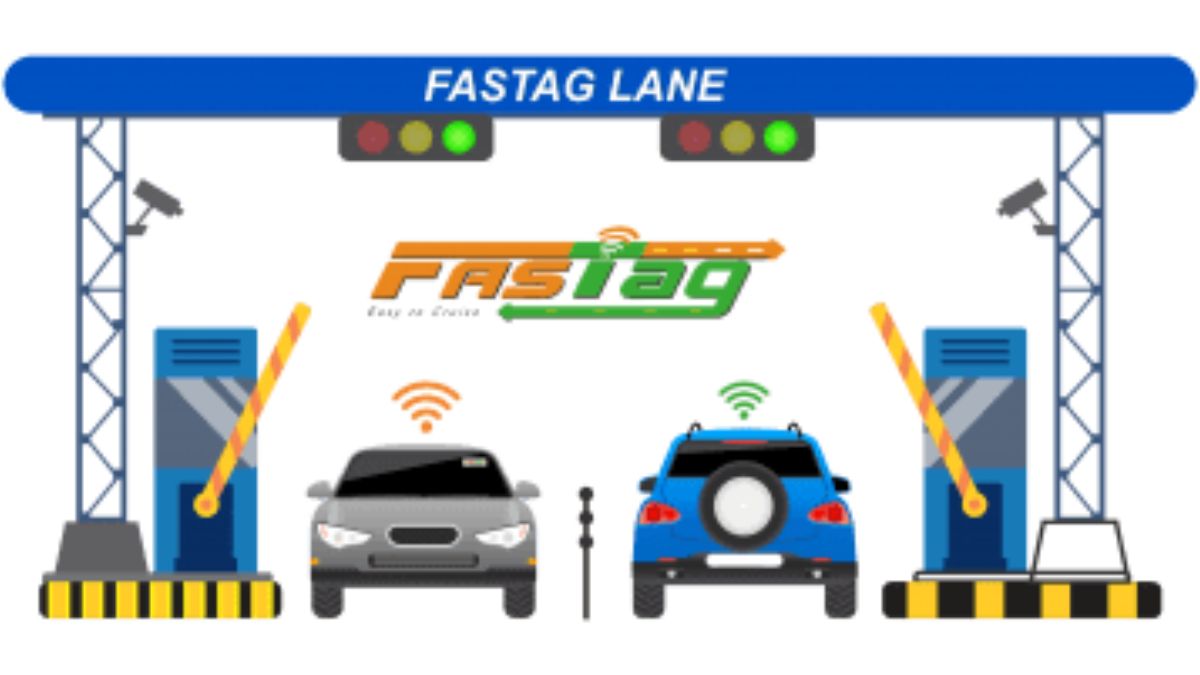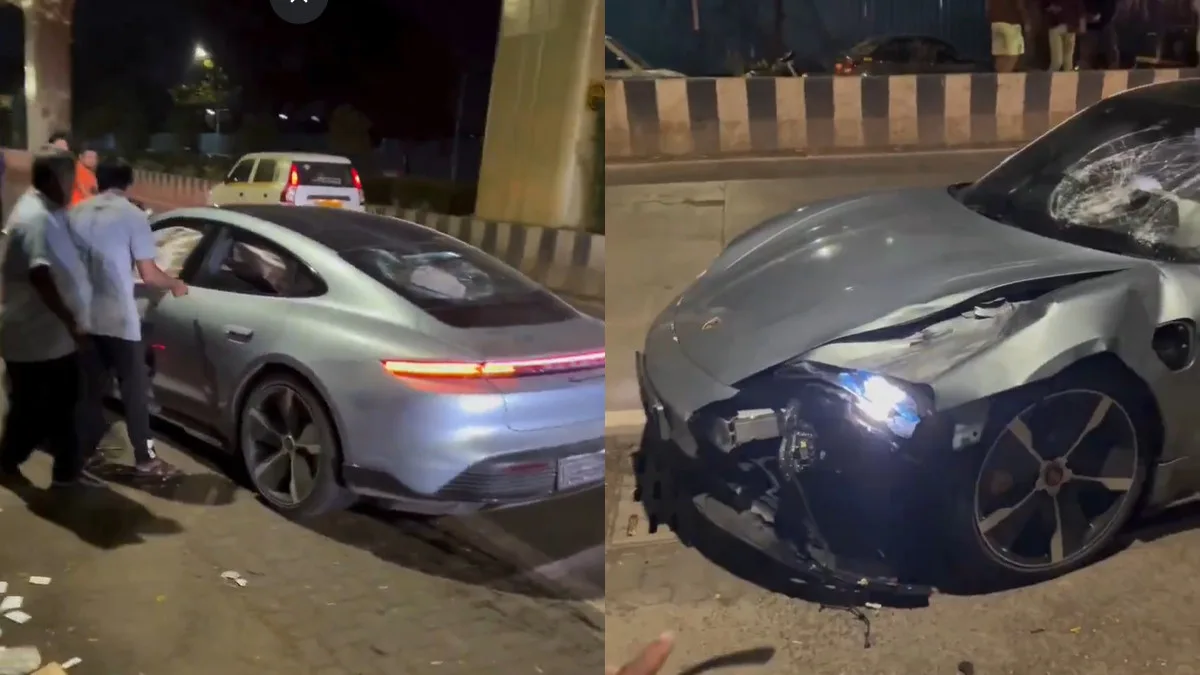From February 17, 2025, the National Payments Corporation of India (NPCI) has implemented revised FASTag rules aimed at streamlining toll transactions and minimizing fraudulent activities. These changes emphasize proactive balance maintenance and introduce stricter protocols for blacklisted tags, transaction delays, and chargebacks.
Understanding these updated guidelines is crucial for FASTag users to ensure smooth and hassle-free journeys on national highways. The new rules aim to enhance efficiency and security in toll collection across India.
Key Changes to FASTag Rules
Several key changes have been introduced to the FASTag system. A critical update concerns blacklisted FASTags. If your FASTag is blacklisted for 60 minutes or more before you reach the toll plaza, a last-minute recharge won’t solve the problem. The transaction will be declined. Furthermore, even if the tag is blacklisted for just 10 minutes after being scanned at the toll booth, the transaction will still fail. In such scenarios, you may be charged double the toll fee as a penalty (error code 176).
However, a grace period of 70 minutes is provided before reaching the toll booth to rectify the FASTag status. If you manage to recharge your FASTag within 10 minutes of a failed transaction due to a blacklisted status, you may be eligible for a penalty refund, allowing you to pay only the standard toll.
Another important change relates to transaction delays. If a toll transaction is processed more than 15 minutes after your vehicle passes the toll reader, you could face additional charges. Finally, a 15-day cooling period has been introduced for chargebacks. Banks can only initiate chargeback requests for incorrect deductions due to blacklisted or low-balance FASTags after this period.
What These Rules Mean for FASTag Users
These updated rules have significant implications for FASTag users. Firstly, they eliminate the possibility of last-minute recharges to resolve blacklisted tag issues. Secondly, while a penalty refund is possible if you recharge quickly after a failed transaction, it’s crucial to avoid getting into that situation in the first place. Thirdly, users must be more vigilant in monitoring their FASTag accounts and transaction times to avoid unexpected charges or rejections at toll booths.
How to Avoid FASTag Issues
To navigate these new rules effectively and avoid FASTag-related problems, follow these best practices:
- Maintain Sufficient Balance: Always ensure your FASTag wallet has enough balance to cover anticipated toll charges. Don’t wait until the last minute to recharge.
- Regularly Check FASTag Status: Periodically check the status of your FASTag to ensure it is active and not blacklisted. This can be done through the FASTag provider’s app or website.
- Monitor Transaction Times: Keep an eye on your FASTag transaction history to identify any unusual delays or discrepancies. If you notice a transaction processed significantly later than your actual passage through the toll, contact your FASTag provider.
- Keep FASTag Active: Ensure your FASTag remains active and is not deactivated due to inactivity. Regularly use it for toll payments to avoid any issues.
- Understand Error Codes: Familiarize yourself with common FASTag error codes, especially 176, which indicates a double charge due to a blacklisted tag. Knowing what these codes mean can help you troubleshoot problems more efficiently.
Understanding FASTag
FASTag is an electronic toll collection system that utilizes Radio Frequency Identification (RFID) technology. It allows for cashless toll payments at toll plazas across India. A FASTag is affixed to the vehicle’s windshield and is linked to a prepaid account or bank account. When the vehicle passes through a dedicated FASTag lane at a toll plaza, the RFID reader scans the tag, and the toll amount is automatically deducted from the linked account. This system significantly reduces waiting times at toll booths and promotes smoother traffic flow.
Conclusion
The new FASTag rules represent a significant step towards improving the efficiency and security of toll collection in India. By understanding and adhering to these updated guidelines, FASTag users can minimize the risk of encountering problems at toll plazas and enjoy a more seamless travel experience. Proactive balance management and regular status checks are key to ensuring a hassle-free journey.
Discover more from Wheels Craze - Automotive News, EV News, Car News, Bike News
Subscribe to get the latest posts sent to your email.





